Module 3: Creation and Curation
Cultural Misappropriation
Defining the principles of misappropriation
Cultural misappropriation is “the use of a people’s traditional dress, music, cuisine, knowledge, and other aspects of their culture, without their approval, by members of a different culture.” It is the act of taking elements from one culture and using them in another culture without proper acknowledgement, respect, or understanding.
Digitized cultural misappropriation refers to the use of digital media to appropriate cultural elements. This can include the use of images, music, or other cultural artifacts without permission or proper attribution.
Learner notes
Cultural misappropriation can also be defined as the unethical use of taking and using intellectual property, cultural knowledge, cultural expression, artifacts, traditional medicines, and more from another culture that is not your own. These actions are most likely harmful to the peoples or communities being exploited.
Learner notes
Source and recommended reading: Think Before You Appropriate (sfu.ca) [PDF]
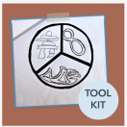 How, then, can we honour Indigenous cultures without misappropriation?
How, then, can we honour Indigenous cultures without misappropriation?
Brainstorm examples of misappropriation.
Record your responses in your Toolkit.
Cultural misappropriation examples
Let’s look at some examples in detail.
Storytelling conference
“Some years ago, Elders told stories at a conference; they had a storytelling conference. The people who brought this gathering together took those stories which were told…and the editor, a non-Indigenous person, then put this collection together, for which a copyright was made to her. So Indigenous peoples are asking, ‘If I give you this [story], you take it and say: this is my property, when it’s my story. And my story belongs not to me but it is created by a collective effort of my community. The story doesn’t come because I’m an individual. It comes because I’m in a particular culture, in a particular language, in a particular situation that has been collectively acquired and developed through the collectivity’. So it’s a collective effort, it’s a collective issue.”
—Dr. M. Battiste, as quoted in University Library Report of the Ithaka S&R Study on Improving Library Resources and Services for Indigenous Studies Scholars [PDF]
Learner notes
Cowichan sweater
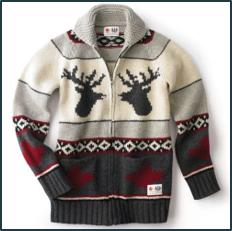 The Cowichan Tribe claimed that their traditional sweater designs were being used without consent or engagement with the Nation by the Hudson’s Bay Company for the Vancouver 2010 Olympics. This example highlighted First Nations issues around intellectual property rights and cultural appropriation. This is just one of many examples of the current limits of legal, artistic, and economic protection for creators of cultural products in Canada.
The Cowichan Tribe claimed that their traditional sweater designs were being used without consent or engagement with the Nation by the Hudson’s Bay Company for the Vancouver 2010 Olympics. This example highlighted First Nations issues around intellectual property rights and cultural appropriation. This is just one of many examples of the current limits of legal, artistic, and economic protection for creators of cultural products in Canada.
Learner notes
Inuksuk cairns
 Another example of misappropriation is the 2010 Olympic Committee’s selection of the inuksuk as the logo for games. The logo is a stylized inunnguaq (an inuksuk with arms, legs, and a head), which is an important symbol to many Inuit.
Another example of misappropriation is the 2010 Olympic Committee’s selection of the inuksuk as the logo for games. The logo is a stylized inunnguaq (an inuksuk with arms, legs, and a head), which is an important symbol to many Inuit.
Learner notes
The Maliseet First Nation
The Maliseet First Nation lost many of its oral stories to Laszlo Szabo in the 1970s when he obtained the copyright for making tape recordings of the stories.
It took the community over 40 years to be able to reclaim and publish its own stories.
Learner notes
Dream catchers
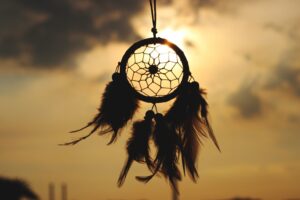 Creating and selling dream catchers by non-Indigenous people is cultural misappropriation. Dream catchers are viewed as a symbol of oneness among numerous Indigenous cultures.
Creating and selling dream catchers by non-Indigenous people is cultural misappropriation. Dream catchers are viewed as a symbol of oneness among numerous Indigenous cultures.
Learner notes
Orange shirts and where to buy them matters
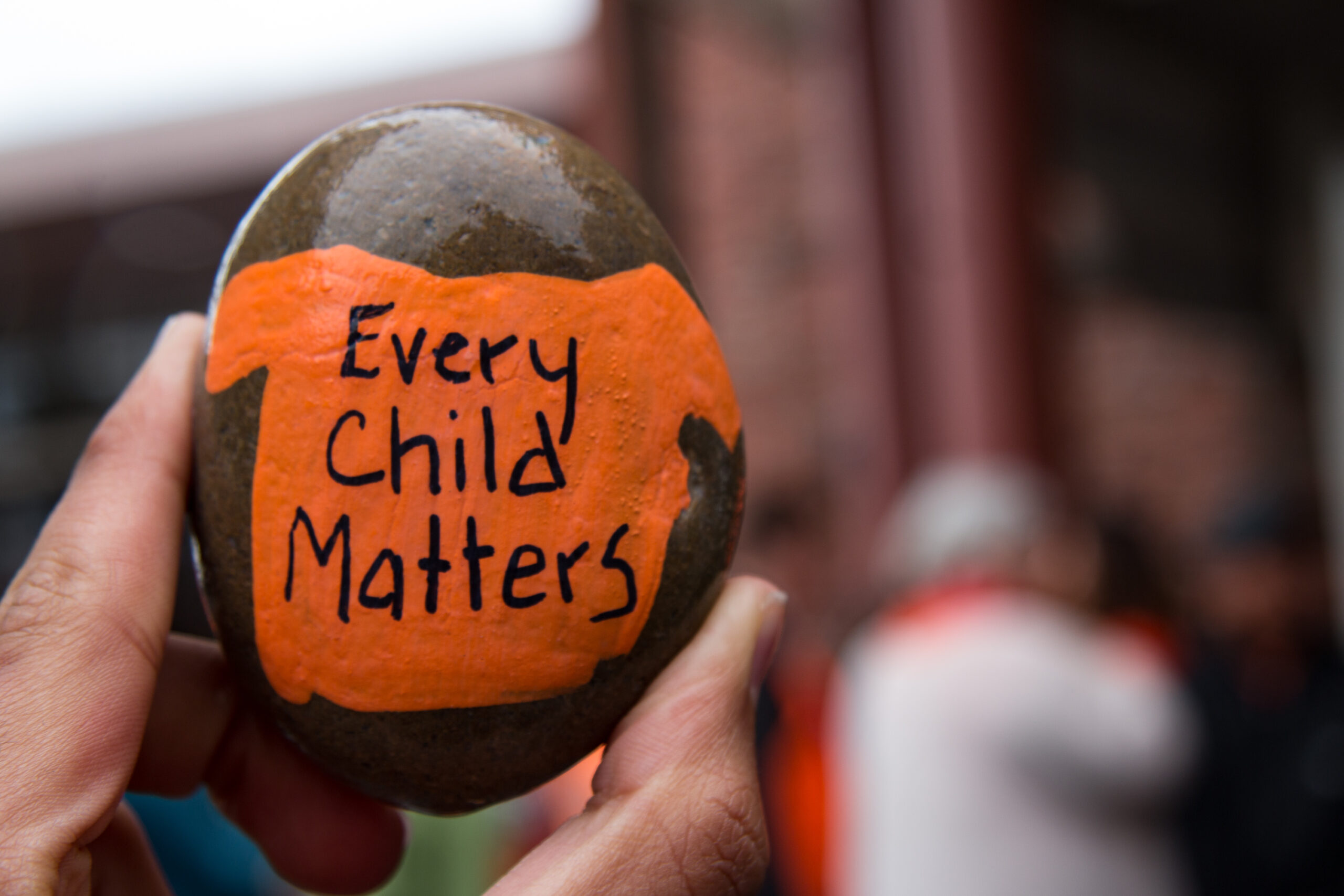 On the National Day of Truth and Reconciliation, also known as Orange Shirt Day, wearing an orange shirt serves as a symbol of commitment to reconciliation and remembrance. The day honours Residential School Survivors. Many Indigenous artists have been jaded by Orange Shirt Day as their intellectual property was misappropriated and used without permission for commercial gain by others.
On the National Day of Truth and Reconciliation, also known as Orange Shirt Day, wearing an orange shirt serves as a symbol of commitment to reconciliation and remembrance. The day honours Residential School Survivors. Many Indigenous artists have been jaded by Orange Shirt Day as their intellectual property was misappropriated and used without permission for commercial gain by others.
Learner notes
Halloween costumes
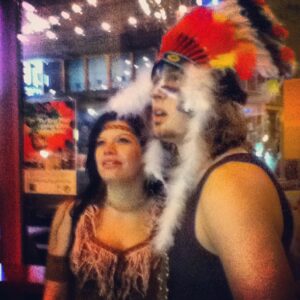 Halloween costumes can reinforce stereotypes and cultural misappropriation. Selling replicas of Indigenous traditional clothing as costumes can inaccurately depict who Indigenous Peoples are, not to mention that Indigenous Peoples have suffered a long history of colonization in Canada. Dressing up as “Indians” for Halloween is disrespectful of the cultural genocide and racism Indigenous Peoples face.
Halloween costumes can reinforce stereotypes and cultural misappropriation. Selling replicas of Indigenous traditional clothing as costumes can inaccurately depict who Indigenous Peoples are, not to mention that Indigenous Peoples have suffered a long history of colonization in Canada. Dressing up as “Indians” for Halloween is disrespectful of the cultural genocide and racism Indigenous Peoples face.
Learner notes
Totem poles
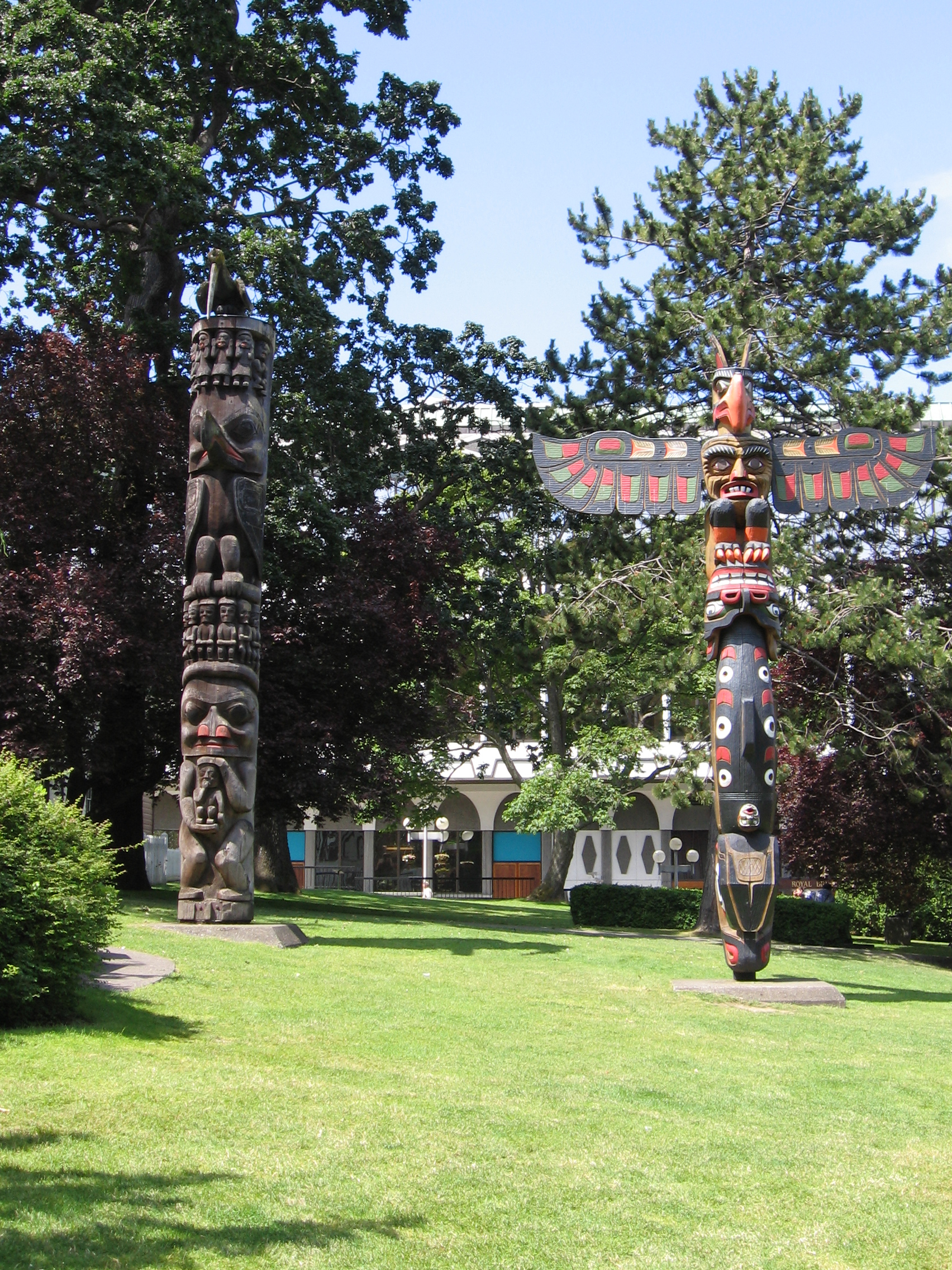 Here, Robin R. R. Gray reflects on how totem poles have been appropriated and misunderstood by non-Indigenous People:
Here, Robin R. R. Gray reflects on how totem poles have been appropriated and misunderstood by non-Indigenous People:
Even though totem poles are defined by the First Nations peoples who create them as communicators of Indigenous knowledge, events, history, place, rights, laws and identity, non-Indigenous peoples have long superimposed their own ways of knowing, being and doing onto totem poles, thereby redefining totem poles on non-Indigenous terms. This redefinition has essentially robbed First Nations totem poles of their meaning by taking them, using their image, and talking about them out of their cultural contexts.
—Cited from Appropriation (?) of the Month: First Nation Totem Poles
Learner notes
Art
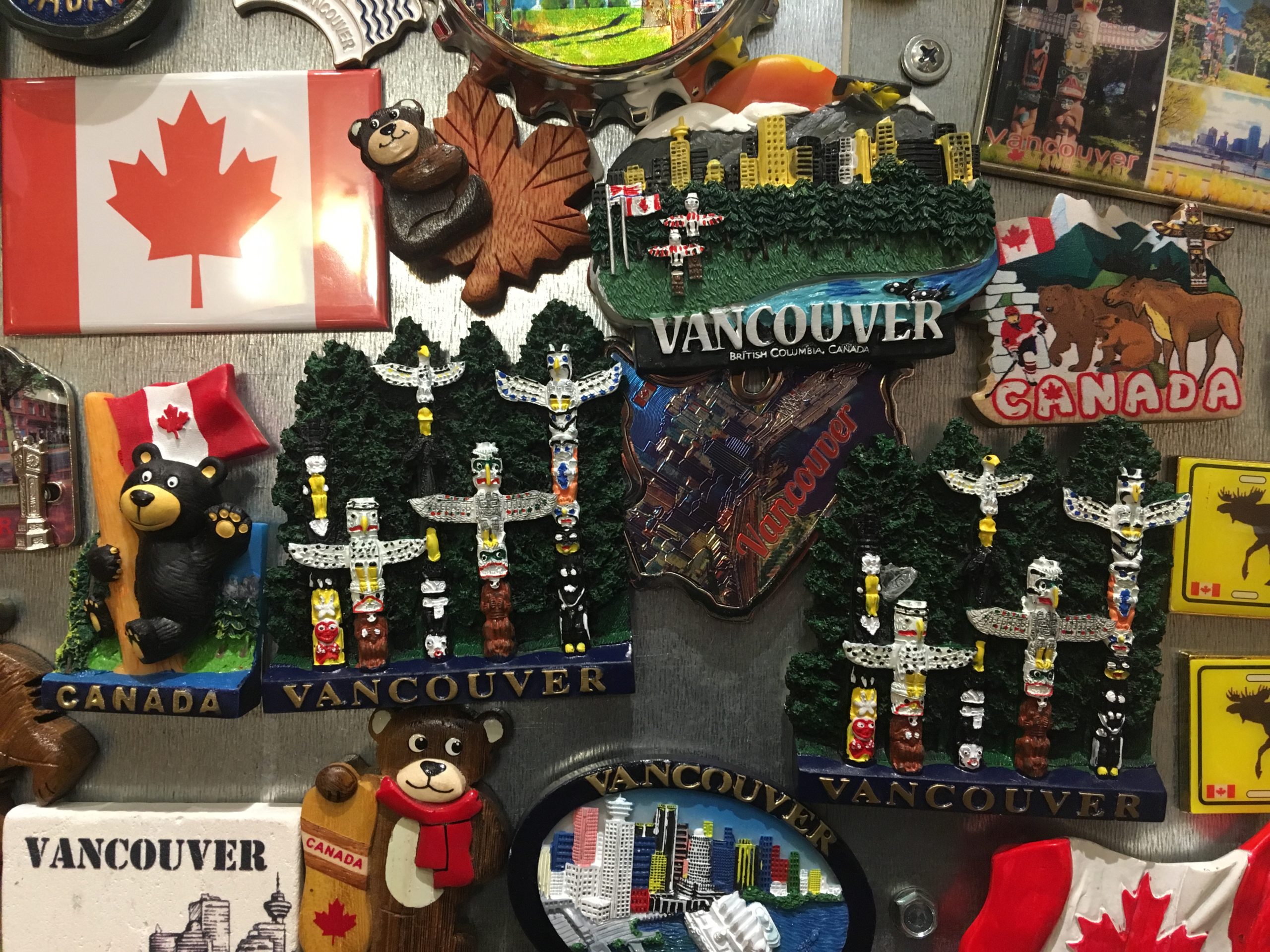 Indigenous art is increasingly being copied, reproduced, or misappropriated by non-Indigenous people. The material, symbols, shapes, and type of artistic expression are land-based and represent specific Indigenous cultures. It is okay for non-Indigenous people to wear Indigenous designs; just make sure they’re created by actual Indigenous designers.
Indigenous art is increasingly being copied, reproduced, or misappropriated by non-Indigenous people. The material, symbols, shapes, and type of artistic expression are land-based and represent specific Indigenous cultures. It is okay for non-Indigenous people to wear Indigenous designs; just make sure they’re created by actual Indigenous designers.
Sports
 Sports teams’ names, logos, and mascots have misrepresented Indigenous cultures for far too long. The appropriation of sacred symbols and propagation of stereotypes have been par for the course in sports in the appropriation of Indigenous Peoples.
Sports teams’ names, logos, and mascots have misrepresented Indigenous cultures for far too long. The appropriation of sacred symbols and propagation of stereotypes have been par for the course in sports in the appropriation of Indigenous Peoples.
Learner notes
Open access
Another example is the open access movement. Although open access has a lot of positive impacts on sharing open educational resources, it is not always appropriate for Indigenous Traditional Knowledges. Protocols might mean only certain families should have access to the stories, songs, and dances, or they should be shared only at certain times of the year. It is also a way cultural misappropriation can happen without respecting Indigenous cultural customary laws.
Learner notes
For additional examples of cultural appropriation, see the article “Cultural Appropriation of Indigenous Peoples in Canada” in The Canadian Encyclopedia.
Fundamentals of creation and curation
- Understanding how to avoid cultural misappropriation
- Appreciating the effects of cultural appropriation
- Knowing and following protocols for respectfully and appropriately using Indigenous Traditional Knowledges
- Practicing, role modelling, and teaching these fundamentals
Self-Assessment #2
 How can Indigenous Peoples protect their cultural expressions from exploitation and ensure that their Traditional Indigenous Knowledges are created and curated to avoid misappropriation?
How can Indigenous Peoples protect their cultural expressions from exploitation and ensure that their Traditional Indigenous Knowledges are created and curated to avoid misappropriation?
Record your responses in your Toolkit.
Learner notes
Attributions
- The image of a replica Cowichan sweater is a product image from Hudson’s Bay. It is being used under fair dealing to illustrate how the Hudson’s Bay design appropriated the traditional sweater designs of the Cowichan Tribe.
- The Vancouver 2010 Olympics logo is being used under fair dealing to illustrate how the logo design appropriated the inunnguaq.
- “Dream Catcher Culture Indian” image by Orangefox is free for use under the Pixabay Content License.
- “Orange Shirt Day 2018” by the Province of British Columbia is licensed under a CC BY-NC-ND 2.0 licence.
- “let the cultural appropriation season begin!” by lance robotson is licensed under a CC BY-NC 2.0 licence.
- “Totem RMBC 1” by HighInBC is in the public domain.
- “Indigenous art souvenir magnets” by Francesca Fionda is being used under fair dealing to illustrate how Indigenous art is being copied by non-Indigenous people for profit.
- “Cleveland Indians vs. Los Angeles Angels” by Erik Drost is licensed under a CC BY 2.0 licence.

